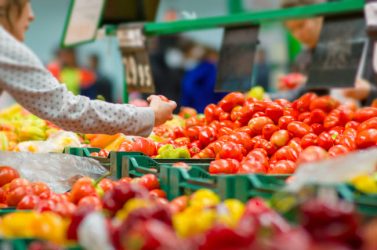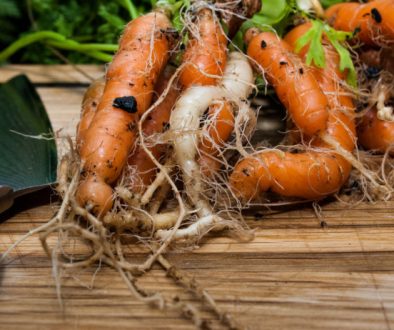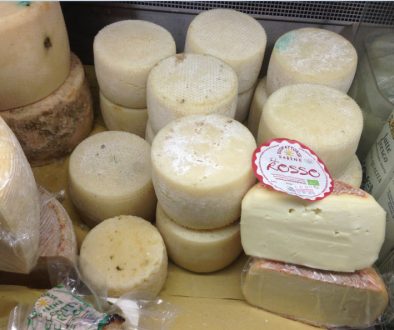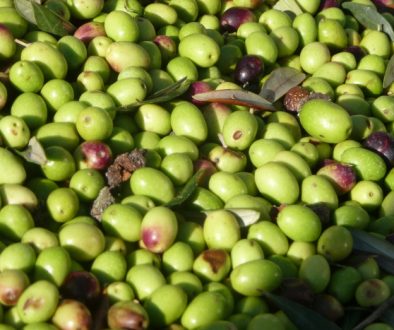If you’re wondering what IGP certified labels on your Italian food mean, here’s a brief explanation.
‘Protected Geography Indication’ (PGI), called Indicazione Geografica Protetta (IGP) is a European quality certification, similar to PDO or DOP, which ensures that only products from a specific geographical area can use that area’s name. What makes PGI/IGP different from PDO or DOP status is that the criteria are a little less strict.
Much like the DOP label, IGP food products still have to be produced,prepared or processed in a given geographic area, but their characteristics don’t have to be completely unique.
Let’s look at Tuscan olive oil
You’ve probably heard of or tasted Tuscan extra-virgin olive oil? If you look closely at the label, you’ll find on some bottle the IGP label. In order to classify as ‘real’ Tuscan olive oil, and get the IGP stamp of approval, the oil needs to be produced entirely from olives grown on Tuscan olive trees which have then been pressed, milled, bottled and packaged all in Tuscany. Each bottle of oil has been made according to a 28-page rule book which sets out how olive oil is to be made from process to preparation all the way down to it’s chemical structure. Why all the fuss? To ensure a top quality regional product on Italian tables.
There are over 617 registered PGI/IGP products in total, and 106 come from Italy.
- Mela Alto Adige IGP apples weigh in as the common PGI/IGP Italian food product with over 200 tons of apples being grown and sold last year!
Other popular PGI/IGP products include:
- Pomodoro di Pachino IGP tomatoes
- Limoni di Sorrento IGP lemons
- Arance Rosse Siciliane IGP oranges
- Modena Balsamic Vinegar IGP
If It’s Not IGP or DOP, What Is It?
These labels may sound like the result of an obsessive love for authenticity taken to the limits of sanity, but there are very rational reasons behind why you should not only produce IGP or DOP products, but also help sustain them.
There’s a huge difference between a bottle of olive oil which originates 100% from a Tuscan olive grove that’s been lovingly tended by generations of Tuscan farmers and an olive oil blend that’s almost entirely exported.
Did You Know?
Some “Italian” olive oil is actually made with 80% of olives from Morocco, Greece, Turkey and only 20% of olives from Tuscany? Legally, this blend can still carry the commercial label of “Tuscan Olive Oil” and sell at 2/3 of the price of an DOP olive oil. This means that unless you’ve bought your oil from a local farmer friend, the supermarket bottle of olive oil on your table may not even be Italian olive oil at all! Unless it has the DOP or IGP label!
The DOP & IGP labels ensure that you know exactly what’s on your table, and in doing so you are supporting local Italian farmers and producer… and their crops!



